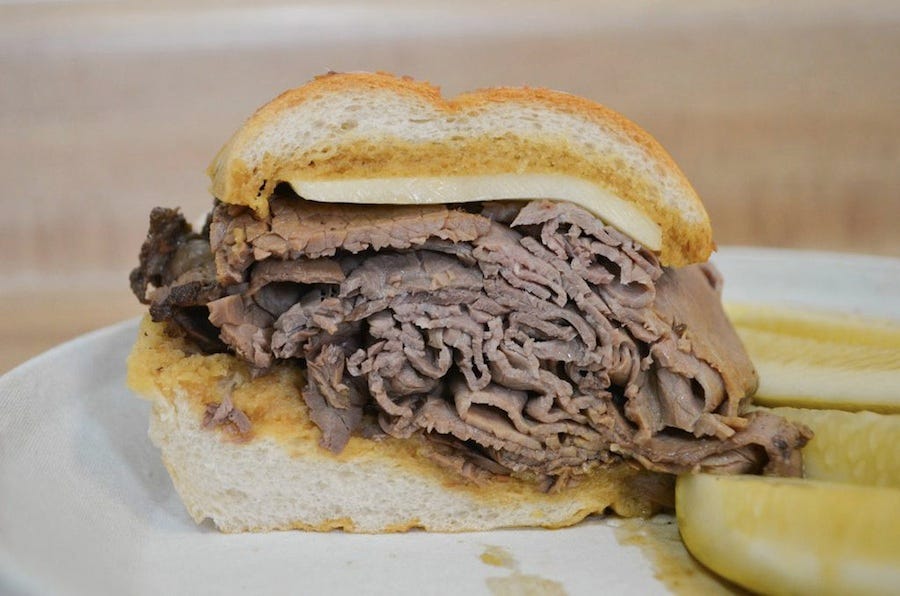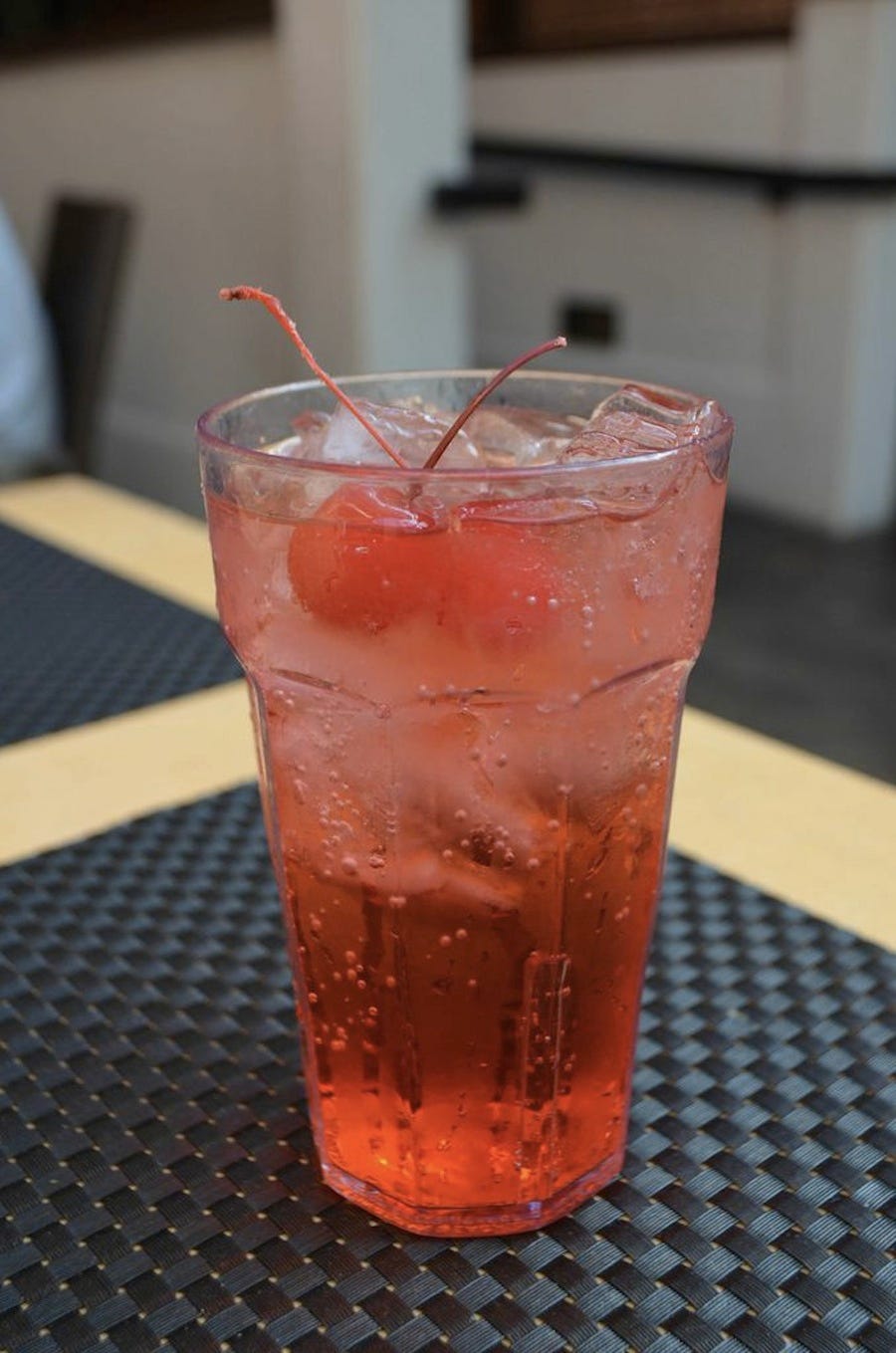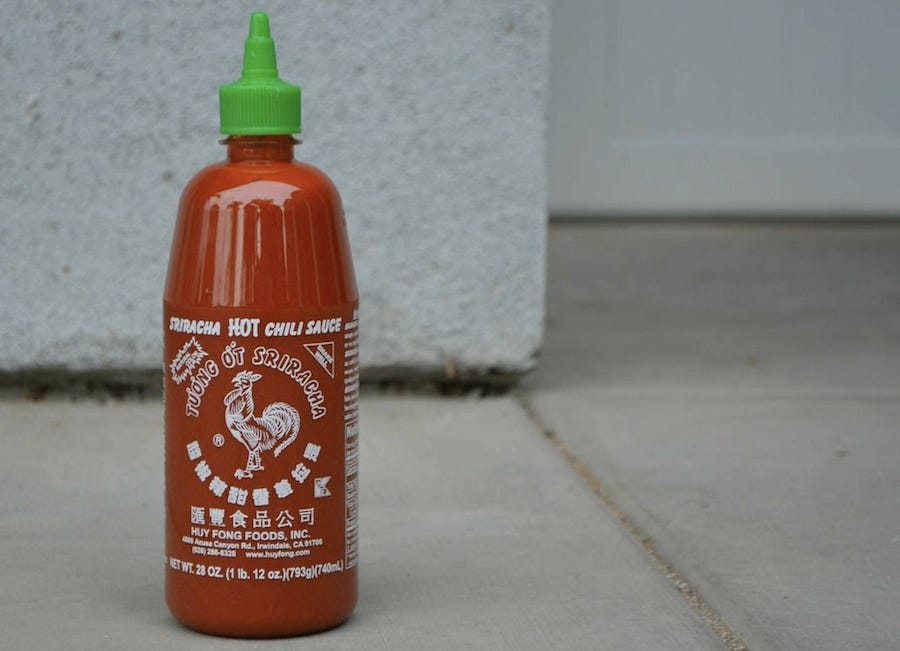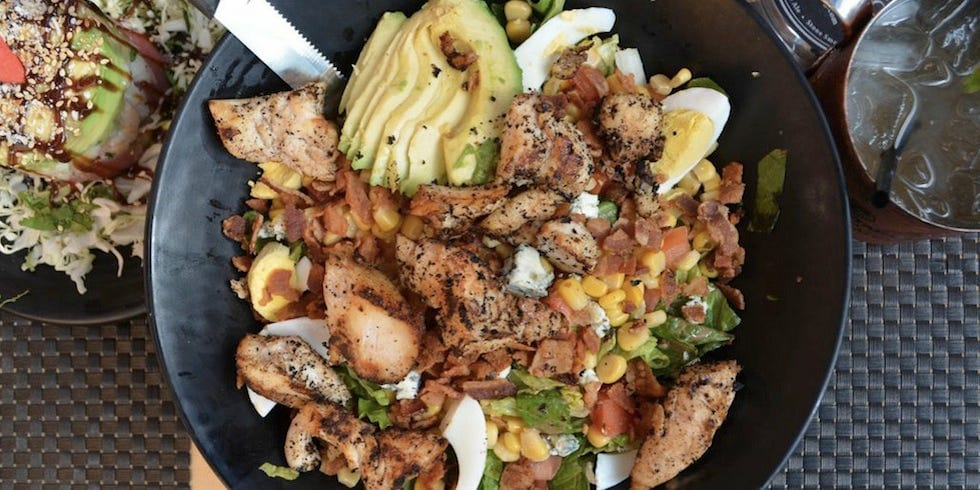
by Clarissa Wei
Los Angeles is a ginormous melting pot and when it comes to food, flavor profiles are as diverse as the people. Creativity runs deep in this city and it shows up well in our cocktails and dishes. Here are 10 native foods and drinks that were whipped up right here in Lalaland:
Moscow Mule

The birth of the Moscow Mule was a pure marketing scheme. In the 1940s, John Martin, a spirits distributor, and Jack Morgan, owner of the Cock’n Bull bar in Hollywood, decided to mash Morgan’s excess ginger beer with Martin’s newly acquired Smirnoff brand. Reportedly, Martin had barmen take photos with the cocktail, and show the snaps to neighboring bars to prove his self-manufactured point: The Moscow Mule was trending. It’s also rumored that Morgan’s girlfriend owned a company that made copper products — hence the iconic copper mug. Thanks to their invention, Smirnoff vodka cases tripled in sales.
French Dip

The exact origin of the French Dip is highly contested. Some maintain that Frenchman Philippe Mathieu invented it in 1918. Others insist that it comes from Cole’s, which opened in the Pacific Electric Building in 1908. Either way, the soggy roast beef sandwich was most definitely an Angeleno creation and is now a staple in diners everywhere.
In-N-Out Burger

It has been said that the cheeseburger was first put together in Los Angeles. While that claim can’t be validated, one amazing burger chain was definitely made in L.A.: In-N-Out Burger. The family-owned chain started in 1948 in Baldwin Park and now has over 100 locations spread out in California, Nevada, Arizona, Utah, and Texas. The burger drive-thru has achieved a cultlike following and aside from the burgers, it’s known for its seriously addictive sauce: a magical mix of mayo, ketchup, relish, vinegar, and lemon juice.
Hot Fudge Sundae

The ice cream sundae has been around since the 1880s but the hot fudge variation was brought to life by restaurateur Clarence Clifton Brown, who would provide patrons with a shot glass of molten chocolate on the side. Though Brown’s original restaurant, C.C. Brown, has since shuttered, you can get the sundae with the original fudge sauce at Lawry’s or Tam O’Shanter. It’s served with a sprinkling of nuts and a dollop of lightly whipped cream.
Tuna Tartare

Back in 1984, when Chaya Brasserie in Beverly Hills just opened up, a table of six refused the prix-fixe menu’s beef tartare. Chef Shigefumi Tachibe improvised with tuna instead, and his seafood tartare has since become a fixture in restaurants across the country. Tachibe’s version uses big-eyed tuna, avocado, and capers paired with bread and a wedge of lemon.
Cobb Salad

The Cobb salad was concocted by Bob Cobb, the owner of the late Brown Derby restaurant in Hollywood because he, well — was hungry and wanted something to eat. The ingredients in the salad consisted of whatever was available to Cobb at that time. Use the mnemonic EAT COBB to help you remember what’s inside: e for egg, a for avocado, t for tomato, c for chicken, o for onion, and the two b’s for bacon and blue cheese. Don’t forget the lettuce.
Shirley Temple

Of course the Shirley Temple was invented in Los Angeles. After all, it’s named after one of Hollywood’s biggest darlings. The mocktail was created especially for the underage Shirley, who wanted a grown-up drink after watching her parents sip Old Fashioneds. The signature of the beverage contains a dash of grenadine and a maraschino cherry. The base can be soda, ginger ale, or a lemon-lime soda.
California Roll

The California Roll was conjured up in Little Tokyo in the 1960s when chef Ichiro Mashita of Tokyo Kaikan needed a substitute for a bluefin tuna roll. To Mashita, the fattiness of avocado and the seafood flavor of crab seemed like a comparable substitution. He cut up the ingredients, rolled them all together, and the rest is history.
Sriracha

America’s favorite hot sauce is made and bottled right in Los Angeles County. Concocted 34 years ago by Huy Fong Foods, the rooster condiment has become a global icon and can be found on or in anything edible. The paste of chili peppers, distilled vinegar, garlic, sugar, and salt is so integrated with mainstream culture that these days you can even find it at most fast-food chains.
All-You-Can-Eat Korean BBQ

These eateries are so popular that they’ve become tourist destinations. In Los Angeles, the term all-you-can-eat (AYCE) and Korean BBQ are practically synonymous. In Korea, however, unlimited barbecue is virtually unheard of. Meat, especially beef, is expensive there. We’re fortunate because thanks to a slew of innovative Korean immigrants, you can spend an entire evening in Los Angeles gorging on marinated slices of meat without having to break the bank.







